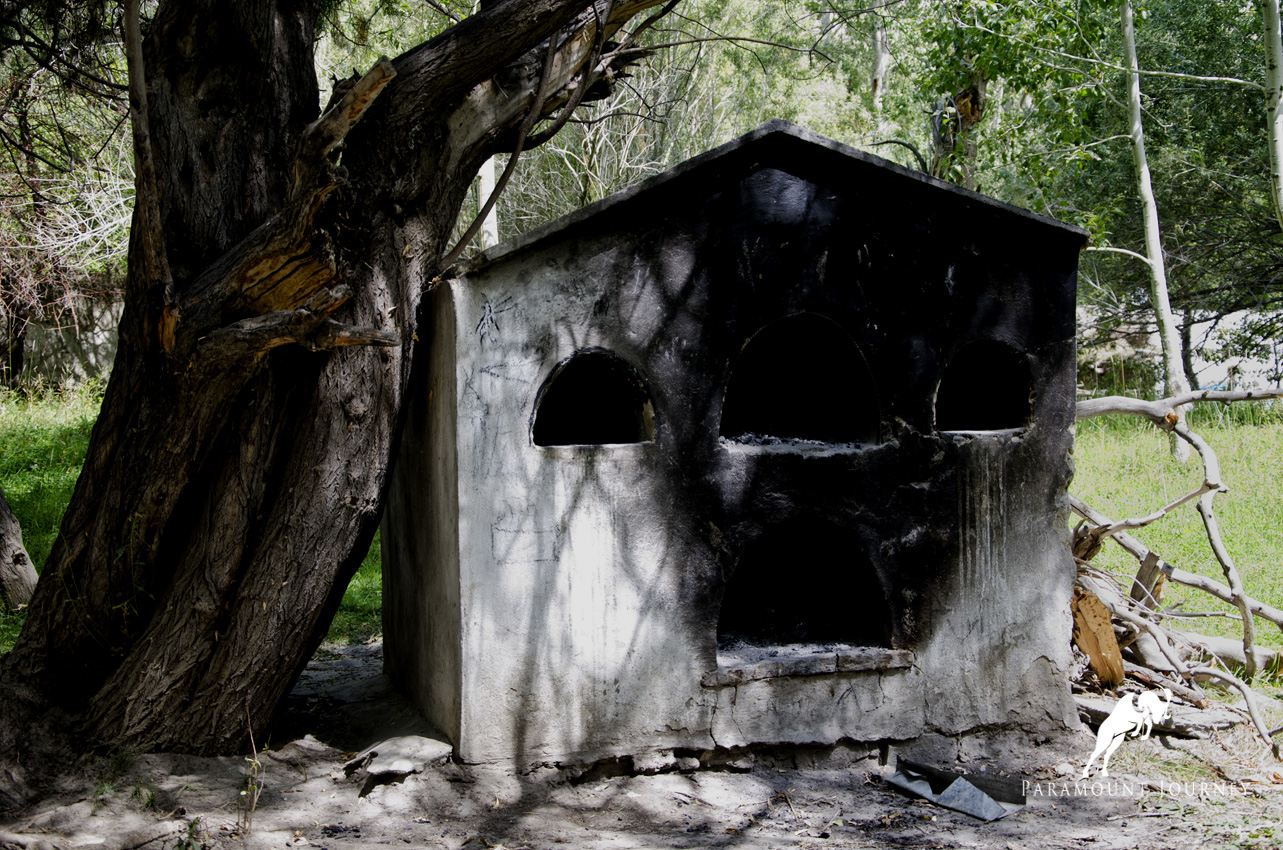The Legacy of Silk Road Travelers in the Pamirs
Crossing the Pamirs has always been a physical challenge due to the geography, but in the Golden Age of the Silk Road, pilgrims, merchants, armies, and curious travelers made their way in significant numbers across the passes and plateaus of the Pamirs. In their wake, they left a material history which endures to the present day — petroglyphs, shrines, and fortresses — all part of the rich Pamir historical sites waiting to be rediscovered.
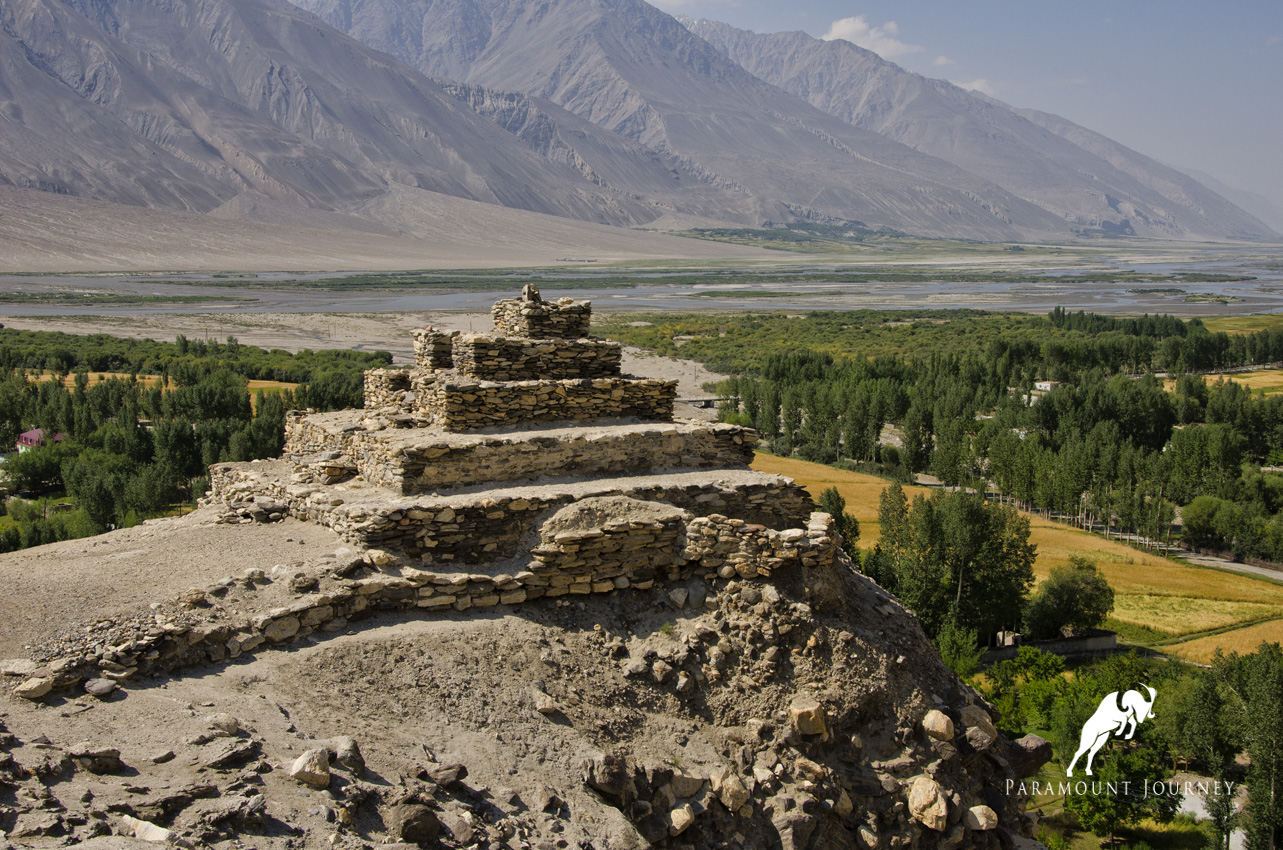
One of the most ancient traditions in Tajikistan — one which predates the arrival of Islam by many centuries — is the building of shrines. These are sometimes in spots where a miracle is said to have taken place, or where there is a spring, tree, or mountain pass of particular importance. Shrines in Tajikistan are typically marked with piles of stones, tied ribbons, and animal horns: those of the ibex and Marco Polo sheep are particularly impressive and sacred.
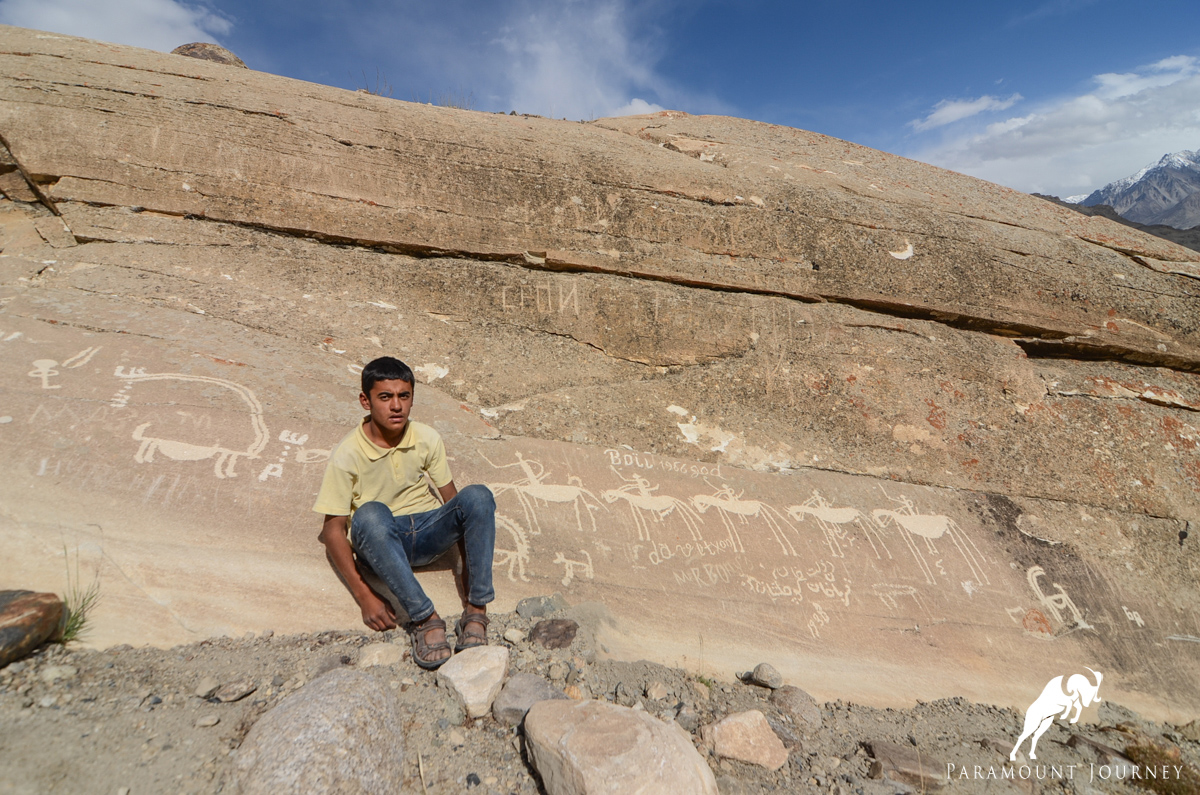
The best-preserved fortresses, often in dramatic locations, are along the Wakhan Corridor, the modern border between Tajikistan and Afghanistan, a strategic trade route for centuries which demanded protection. This is the path by which Marco Polo went east to China, and merchants led their caravans between Central Asia, Afghanistan, and Yarkand. At Yamchun, you will find the Yamchun Fortress, 500 m above the valley floor, and with extraordinary views from the battlements. The fort was first built in the 3rd century BC, with major alterations 1500 years later. The warm, natural springs uphill from the fortress are a holy shrine dedicated to the daughter of the Prophet Mohammed, Bibi Fatima.
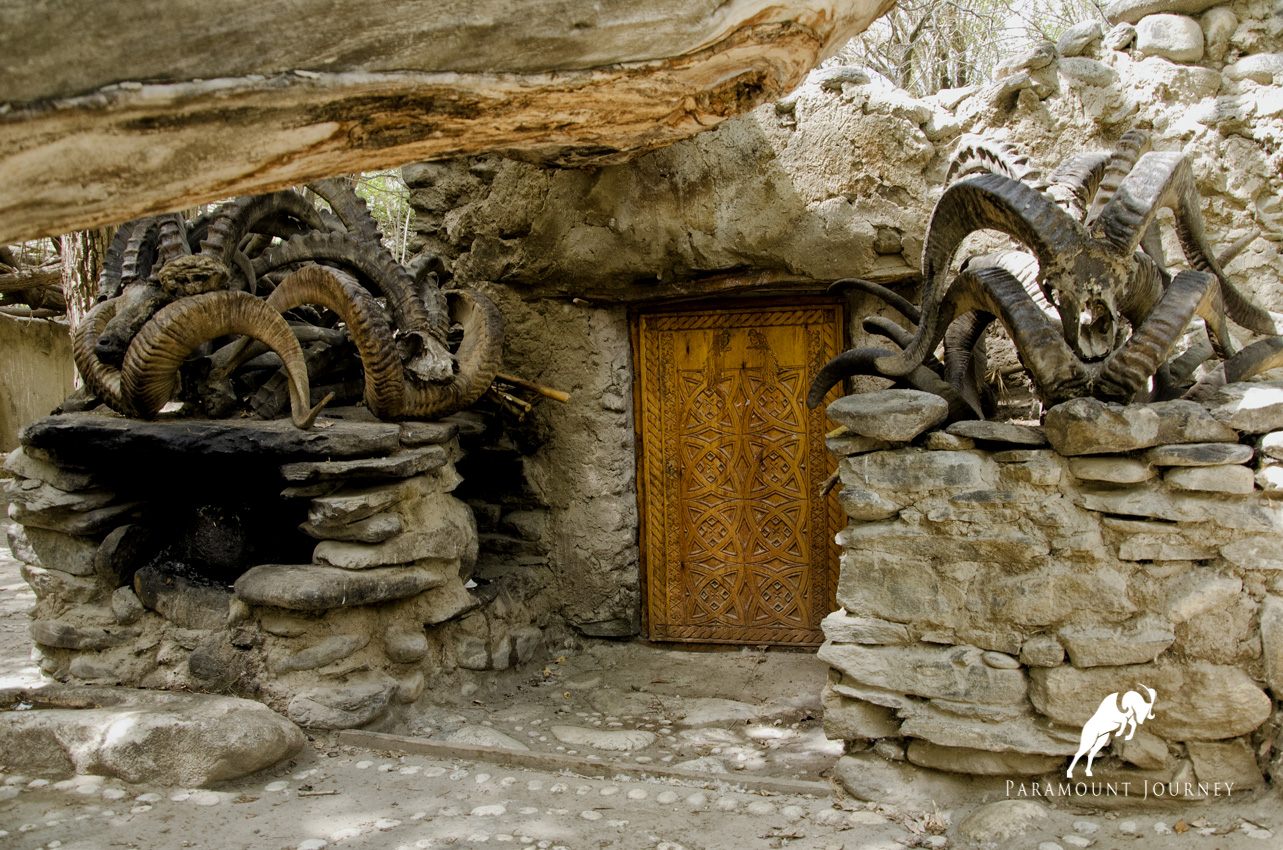
Exploring Pamir Historical Sites: Petroglyphs, Shrines, and Fortresses
The most ancient of these Pamir historical sites are the petroglyphs — rock carvings and paintings — some of which are thought to date back as far as the end of the last Ice Age (8,0000 to 5,000 BC). The red pigment figures painted on the walls of the Shakhty Caves in the Kurteskei Valley show hunting scenes of men shooting bears with arrows, and a strange creature, half man and half bird. More recent, but no less interesting, are the 5th century BC geoglyphs (patterns made of stones) in the Shurali Valley, which depict the spring and autumn equinoxes, ibex, and men. These Pamir historical sites are exceptionally fragile and hard to find, but with a sensitive, knowledgeable guide from Paramount Journeys, you can appreciate them firsthand.
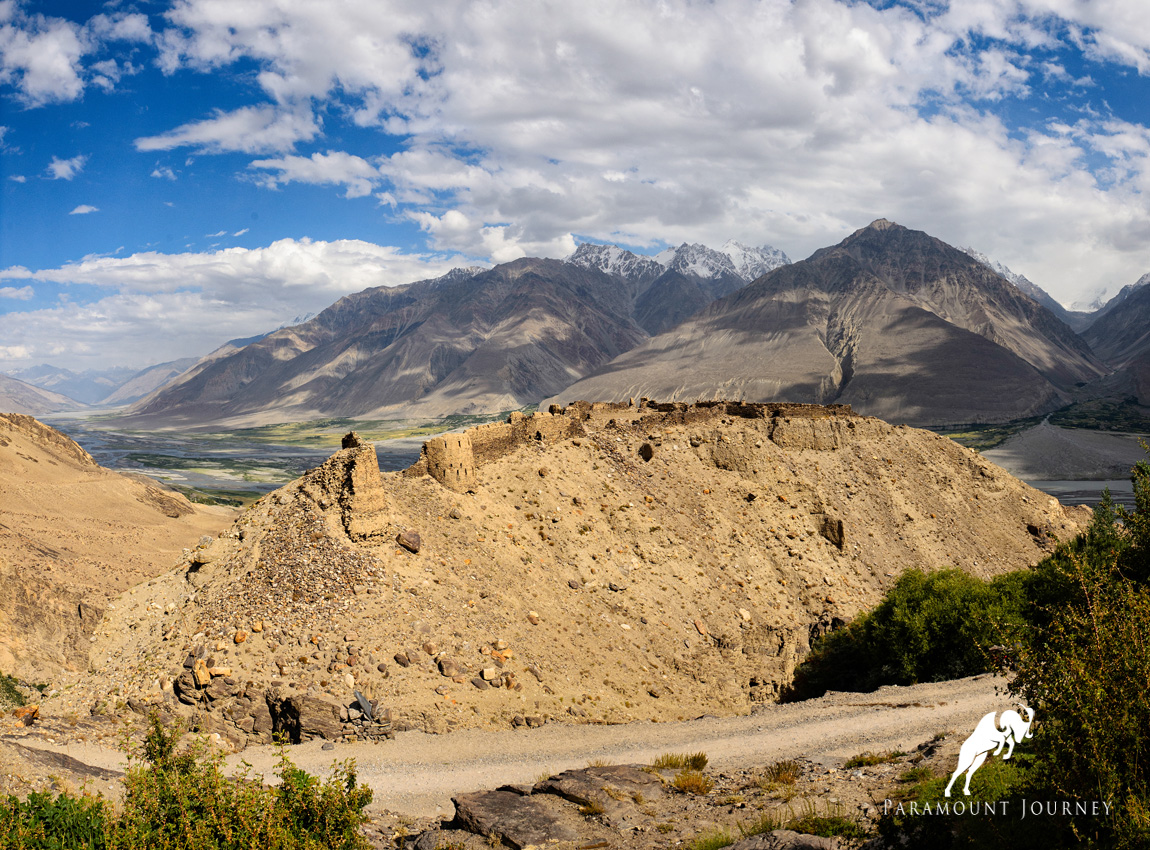
Langar, the settlement at the confluence of the Wakhan and Pamir Rivers, is particularly rich in Pamir historical sites. There are 6,000 Stone Age petroglyphs of men, ibex, and horses within an hour’s hike of the village, as well as medieval additions of Arabic calligraphy; a shrine to Shoh Kambari Oftab, the holy man credited with introducing Ismaili Islam to the valley; and two fortresses, the Ratm Qala (First Fortress), used by a Chinese General to drive the Tibetans from the Wakhan, and the Vishim Qala (Silk Fortress), which protected merchants and pilgrims from marauders.
